There’s something incredibly magical about a cake adorned with beautiful flowers. Whether it’s for a wedding, birthday, or any special occasion, flower decoration not only enhances the visual appeal of a cake but also adds a personal touch. Having experimented with various styles and techniques in my baking journey, I’m excited to share everything I’ve learned about flower decoration on cakes.
Why Choose Flower Decoration for Your Cake?
Flower decoration can elevate a cake from simple to stunning. Here are a few reasons why you might consider using flowers for cake decoration:
- Aesthetic Appeal: Flowers add natural beauty and color.
- Personal Touch: Customize your cake to fit any theme or occasion.
- Edible Delights: Using edible flowers can enhance flavor and texture.
Types of Flowers for Cake Decoration
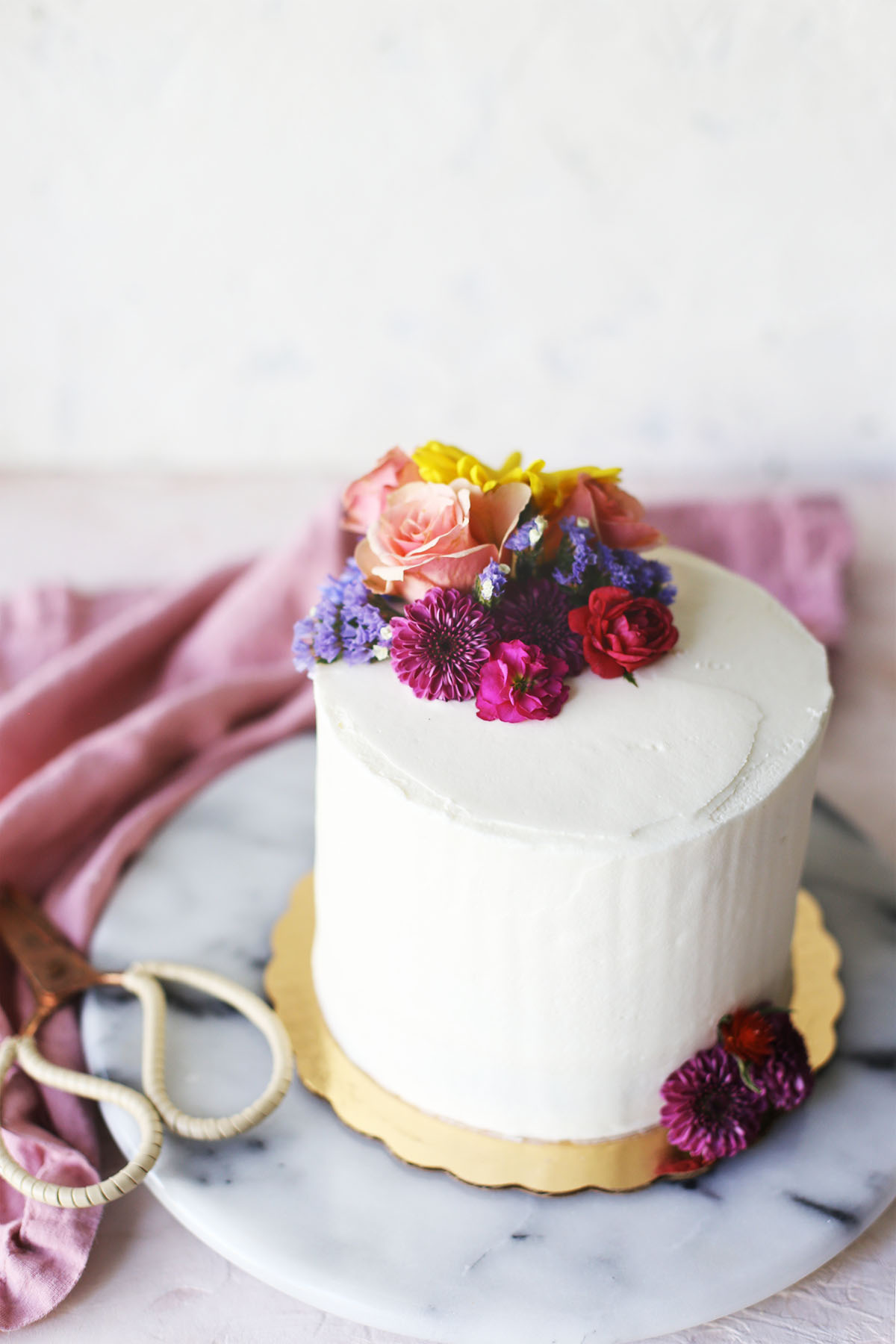
Not all flowers are suitable for cake decoration. It’s essential to choose the right ones that are safe and edible. Here’s a closer look at some popular options:
| Flower | Flavor | Decoration Use | Edibility |
|---|---|---|---|
| Roses | Sweet | Garnishes, Borders | Yes |
| Lavender | Herbaceous | Cupcake Toppings, Garnish | Yes |
| Pansies | Sweet, Mild | Edible Confetti | Yes |
| Sunflowers | Nutty | Whole Cake Toppers | Yes |
| Violets | Sweet | Garnish, Filling | Yes |
| Orchids | Mild | Elegant Decoration | Yes |

Common Non-Edible Flowers to Avoid
While decorating cakes can be fun, it’s equally important to avoid non-edible flowers that can be harmful. Common non-edible flowers include:
- Foxglove
- Lilies
- Azaleas
- Chrysanthemums
Techniques for Decorating Cakes with Flowers

Let’s dive into the various techniques you can use to decorate cakes using flowers:
1. Fresh Flowers
Using fresh flowers is a popular choice. They look vibrant and can be used in various arrangements:
- Bouquet Style: Position a cluster of flowers on one side of the cake.
- Single Stems: Scatter individual flowers around the cake for a natural look.
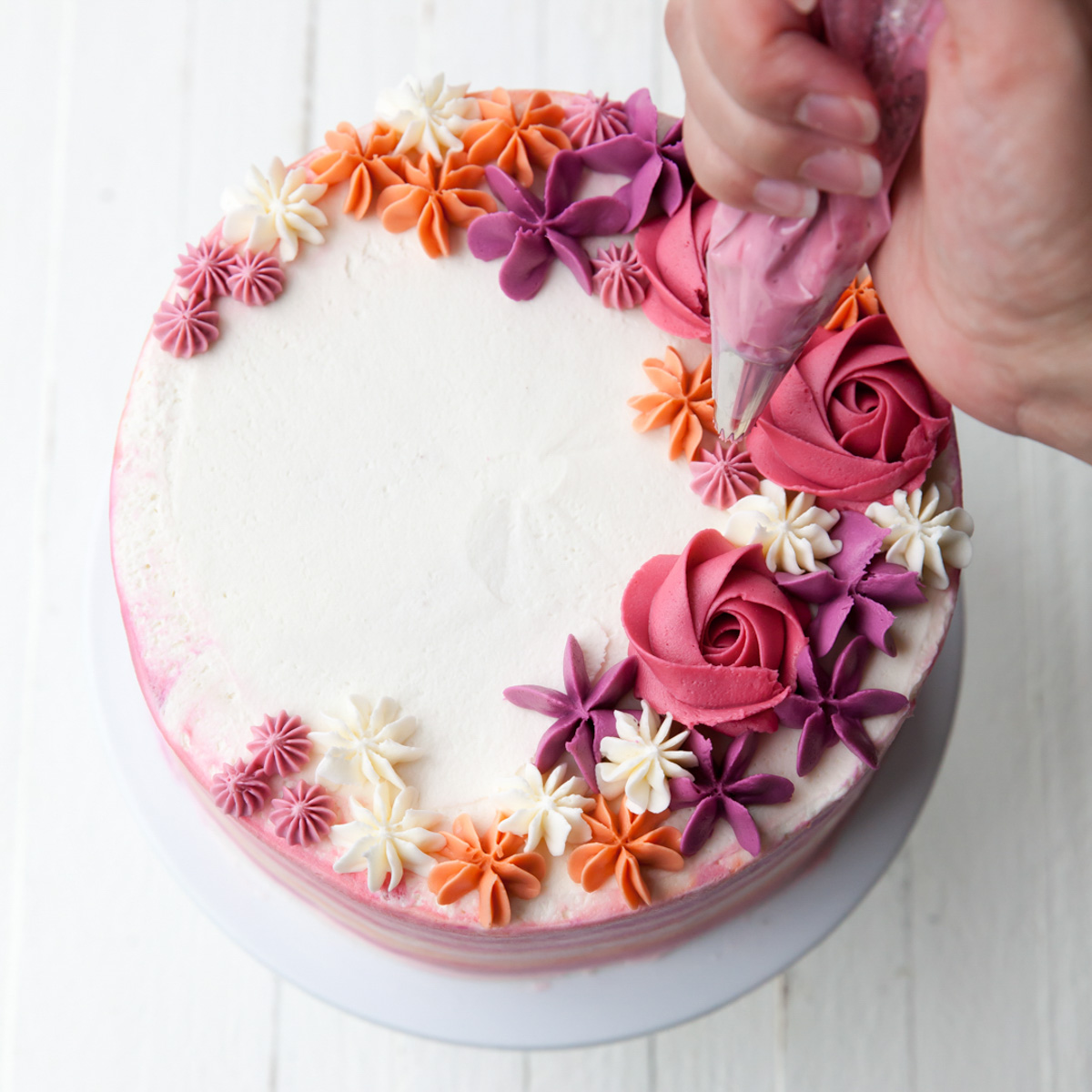
2. Sugar Flowers
If you want a longer-lasting option, sugar flowers are the way to go. They are meticulously crafted from fondant or gum paste:
- Hand-Made: Create unique flowers tailored to your design.
- Color Customization: Use food coloring to match your cake’s theme.
3. Edible Flower Petals
Using petals can add a delicate touch. You can use them as a topping or layer them between cake tiers:
- Scattering Petals: Sprinkle petals on top of frosting.
- Incorporating Layers: Add petals between cake layers for extra flavor.
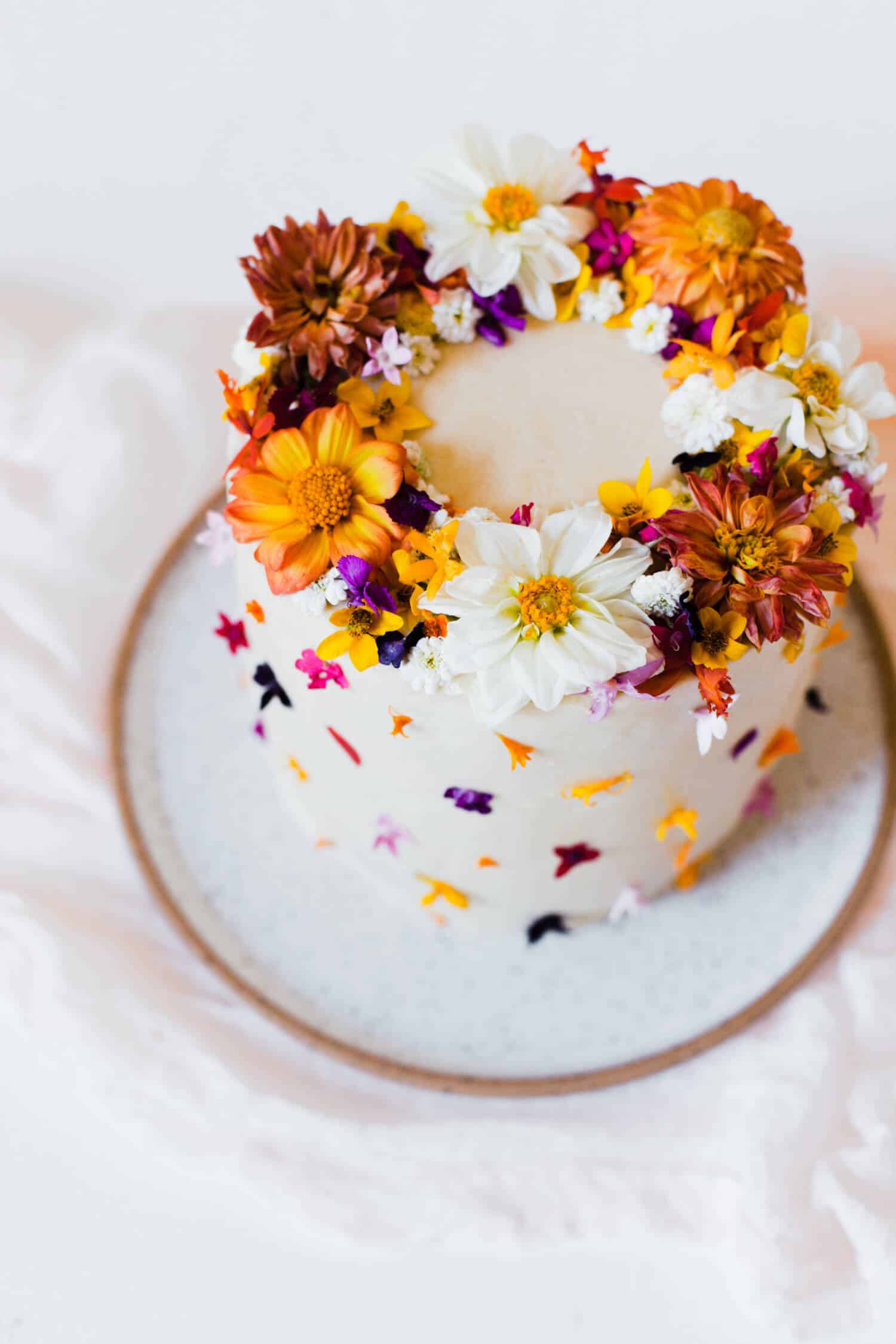
Step-by-Step Guide to Decorating a Cake with Flowers
If you’re ready to get started, here is a straightforward guide to decorating your cake with flowers:
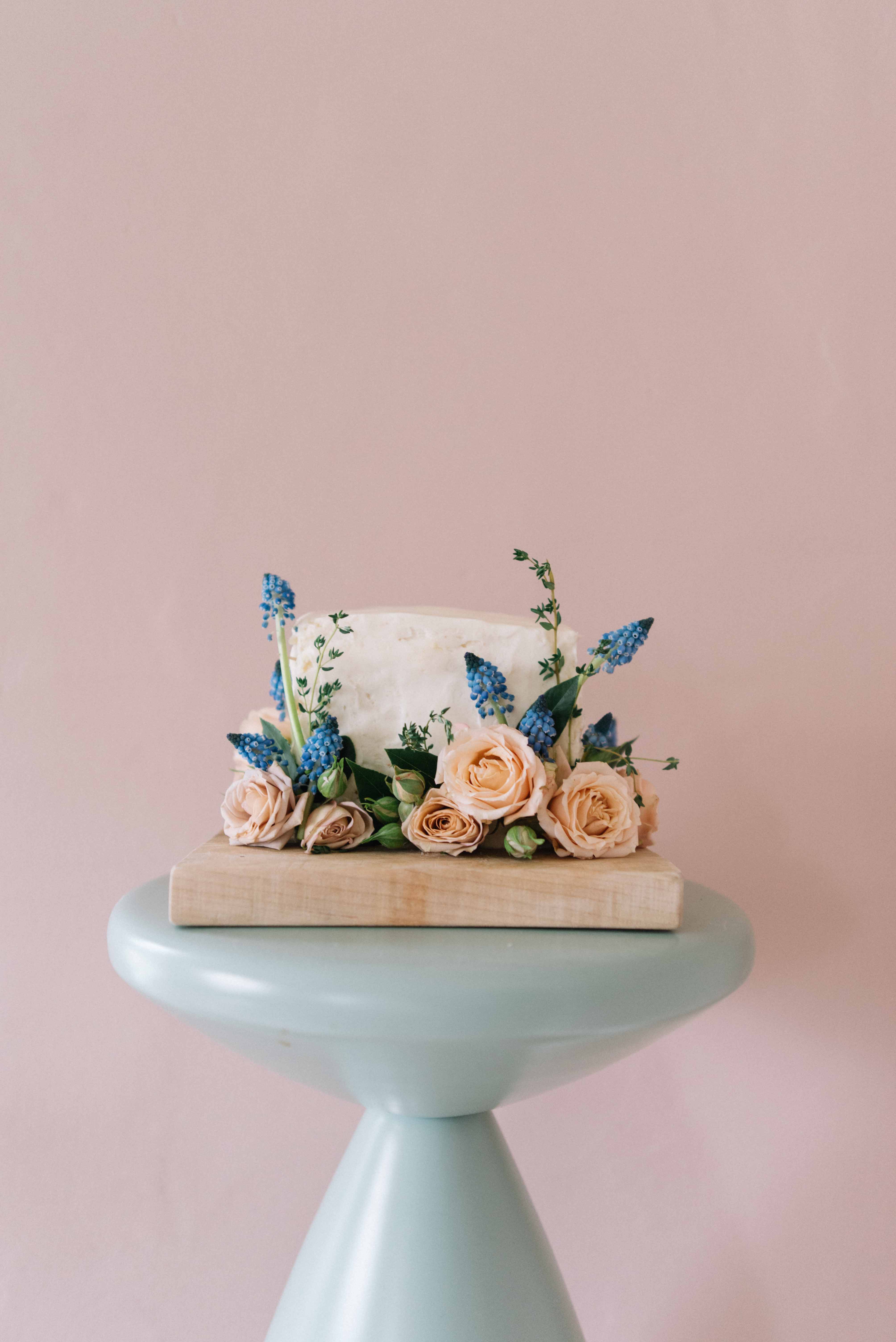
Materials Needed
- Your choice of cake (homemade or store-bought)
- Edible flowers (fresh or sugar)
- Buttercream or fondant
- Scissors
- Floral tape (if necessary)
- Optional: Edible glitter or color sprays for embellishment
Instructions
- Prepare Your Cake: Ensure your cake is completely cooled and frosted.
- Select Your Flowers: Choose a combination of flowers, ensuring they are clean and free from pesticides.
- Trim Stems: Cut the stems of the flowers to the desired length.
- Arrange Flowers: Start with larger flowers, then fill in with smaller blossoms and greenery.
- Secure If Needed: For fresh flowers, use floral tape to secure stems.
- Finish It Off: Optionally, add edible glitter or sprays for a finishing touch.
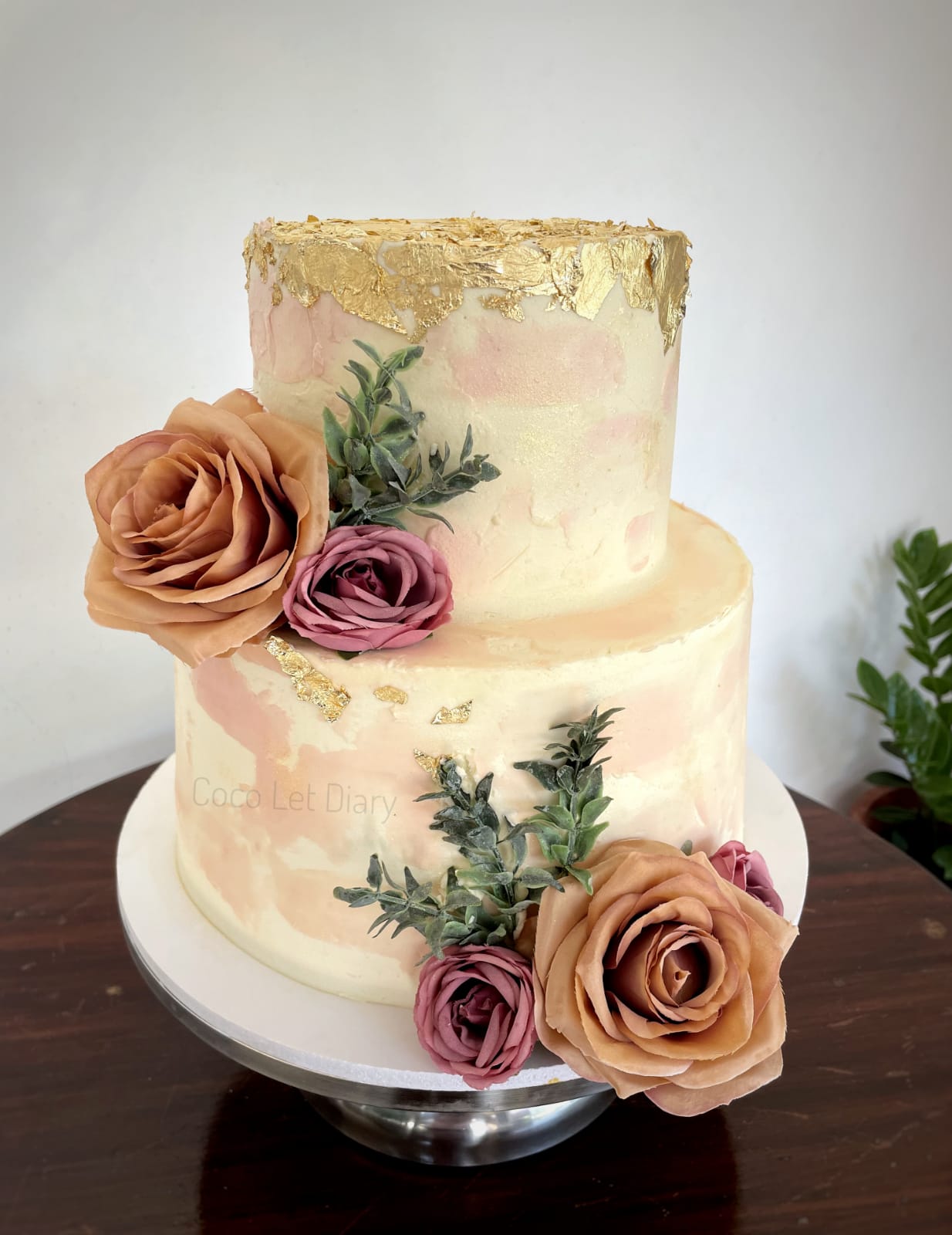
Pro Tip:
Always keep in mind food safety. Use a barrier like wax paper to prevent direct contact between the cake and any non-edible parts of the flowers.
Pros and Cons of Using Flowers for Cake Decoration
As with everything, there are pros and cons to consider when decorating cakes with flowers. Here’s a quick overview:
| Pros | Cons |
|---|---|
| Visually Stunning | Potential Allergies |
| Adds Flavor | Requires Careful Selection |
| Versatile Options | Can Be Expensive (depending on flower type) |
| Personalization | Freshness Concerns |
My Personal Experience
When I decorated my first cake with flowers, I was nervous but excited. I used fresh roses and lavender, and the end result was beyond my expectations! The vibrant colors and enticing aroma elevated the cake so much that it became the centerpiece of our family gathering. That simple act of floral decoration transformed not just the cake but the entire occasion.
FAQs About Flower Decoration on Cakes
1. What types of flowers can be used for cake decoration?
Common edible flowers include roses, lavender, pansies, and sunflowers. Always ensure they are pesticide-free.
2. Can I use non-edible flowers for decoration?
It’s best to avoid non-edible flowers, as they can be toxic and harmful if consumed.
3. How do I keep fresh flowers safe on a cake?
Use a barrier such as wax paper to prevent the stems from coming into contact with the cake.
4. What is the best way to attach flowers to cakes?
For fresh flowers, you can insert the stems directly into the cake or use floral tape for more complex arrangements. Sugar flowers can be attached with a bit of frosting.
5. How long can a cake with fresh flowers sit out?
It’s best to consume the cake within a few hours, especially in warm conditions, to ensure freshness and safety.
Conclusion
Flower decoration on cakes is a beautiful and creative way to personalize your baked goods. Whether you choose fresh flowers, sugar blooms, or edible petals, your cake can become a masterpiece that not only looks good but tastes great too. With the tips and techniques shared in this guide, you should now feel empowered to create stunning floral designs for your next celebration!
Happy decorating!